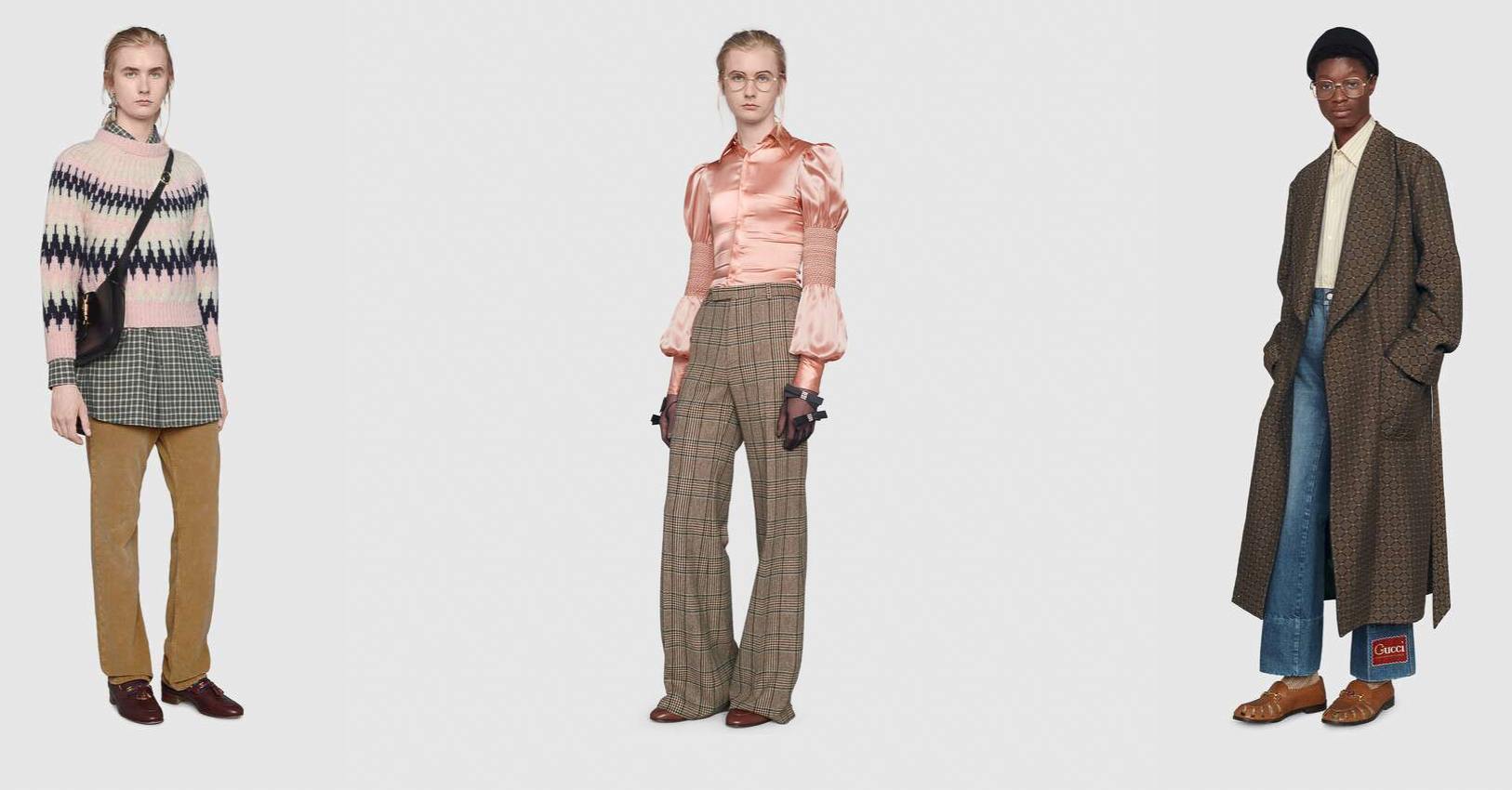The assignment this time is body, identity and society and the angle is, of course, fashion. But we are really here to get a feel for how to work in groups and to get to know some of our new classmates. Right away, I get a sense of the academic expectations for this education – which are more ambitious than a lot of us had realized.
Thankfully, we are not here to just sew, knit and embroider.
The outcome of our discussions and research was eye-opening. Most glaring, we learned that fashion is a reflection of society racing to keep up, and not the other way around. I had always imagined that fashion set the trends, but now realized that it’s just another news outlet reporting on what is happening and not determining its path.
| Our Topic What effect do international fashion houses have on the paradigm shift in gender and identity perception that we are experiencing in late-modern society? And what role does the concept of unisex in fashion play in breaking up the traditional perception of gender? |
What we learned about our bodies and identities, and how society has historically altered our definition of gender norms, was shocking to me. Originally, most cultures and societies had a relatively fluid relationship with feminine and masculine adornments and clothing. But this was later transformed by colonization, which recalibrated most societies toward a white, westernized ideal. And for the past 200 years, these traditions and rules have set the stage for most of us and remain the driving force of how we wear our clothes today.


We’ve got a long way to go, and the fashion houses all have something to say about how we get to a new norm that truly reflects our society today. Take, for example, the GUCCI MX vs. the Stella/Stanley 2020 collections. Two (de)gendered fashion collections, two very different iterations.
Lesson Learned!
This assignment gave me a new perspective on how I want to define femininity, which is a core value of Comfortable WardrobeTM. These new learnings and insights left me with a desire to take part in a movement and go in a new (or actually old) direction – a direction that is freer and more open to individual expression and that does not limit us. Not by gender, color, sexual orientation, or anything else that may hinder our right to wear whatever we feel represents who we are.
Today’s fashion revolutionaries are not interested in feminizing men or emasculating women, rather they are aiming to blur the masculine/feminine divide and eliminate those labels. And it means gender fluidity in fashion.
Nihan Akdemir


what do you think?